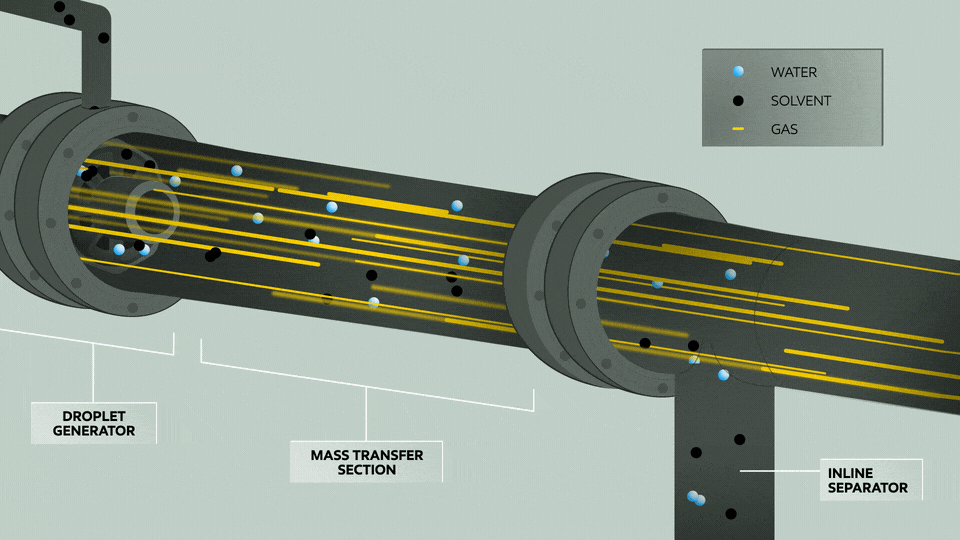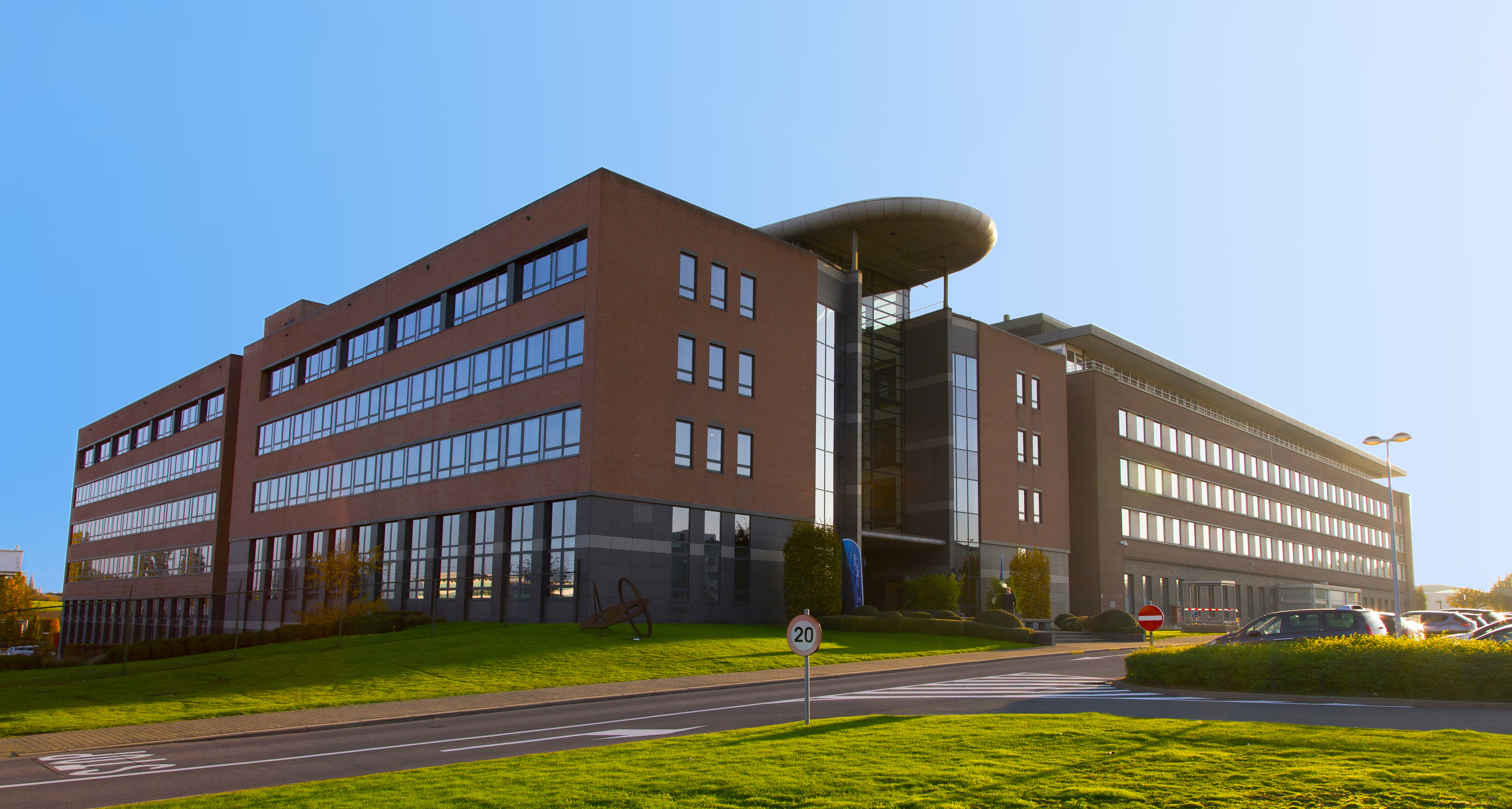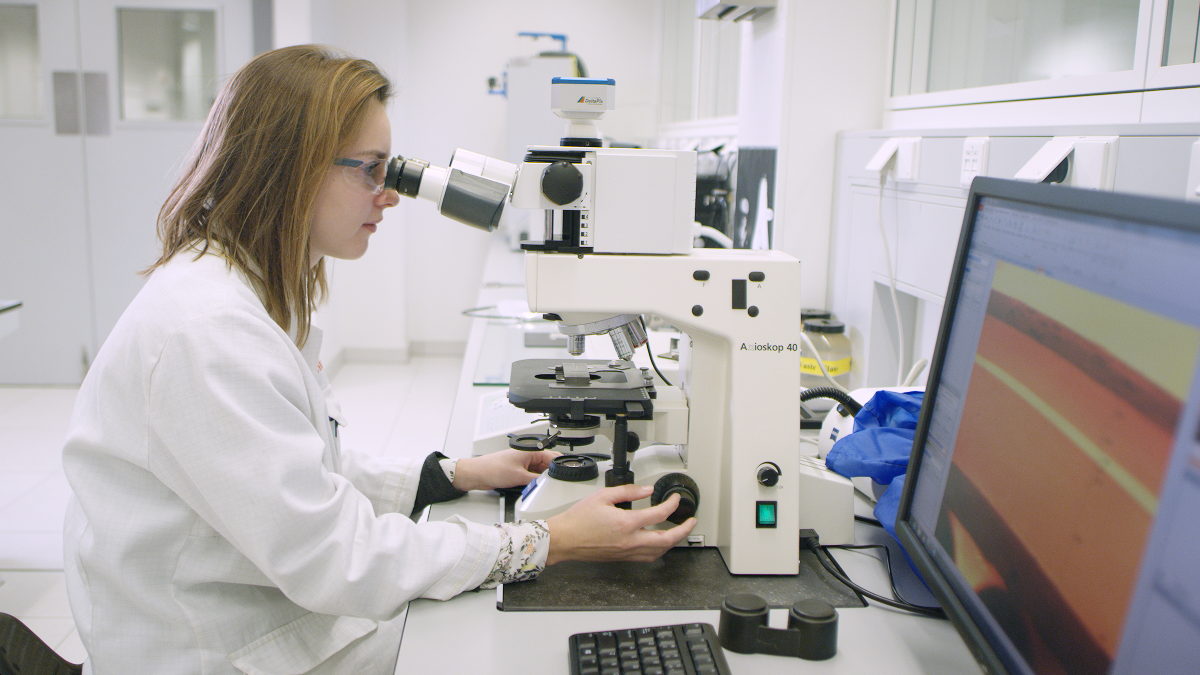Engineering a breakthrough idea starts with creating a prototype. Today’s advanced energy solutions require sophisticated designs and geometries – and researchers are increasingly turning to 3D printing to develop those early models.
Even the most dexterous hands cannot match the intricate designs from these printers. And at ExxonMobil, technicians in the company’s advanced 3D printing laboratory are forming new acrylic, metal and ceramic spirals and other shapes that are instrumental in larger energy systems.
Nothing speaks to this cutting-edge process like 3D printing being used as a rapid prototyping tool for the development of cMIST™ technology. The cMIST™ system removes impurities like H2O, CO2 and H2S from natural gas production to achieve safety and gas quality standards.
Specifically, the cMIST™ system includes two critical pieces of technology. One is something called a droplet generator. Developed by ExxonMobil, the patented generator sprays droplets of solvent that capture the water permeating the gas. The second piece of technology is an inline separator. Activated by the velocity generated by millions of cubic feet of natural gas passing through pipeline, the separators help drain out water and other impurities from the pipeline.

These droplet generators started their lives in the 3D printer as prototypes that were tested extensively for performance and reliability. The 3D printing team was able to quickly roll out models of the cMIST droplet generator, allowing the design engineers to make swift optimizations.

ExxonMobil’s futuristic printing shop produced an intricate, sophisticated droplet generator. Although it’s only a small component, that piece will be key to enabling greater production of cleaner-burning natural gas in unconventional reservoirs and challenging offshore deepwater locations.




